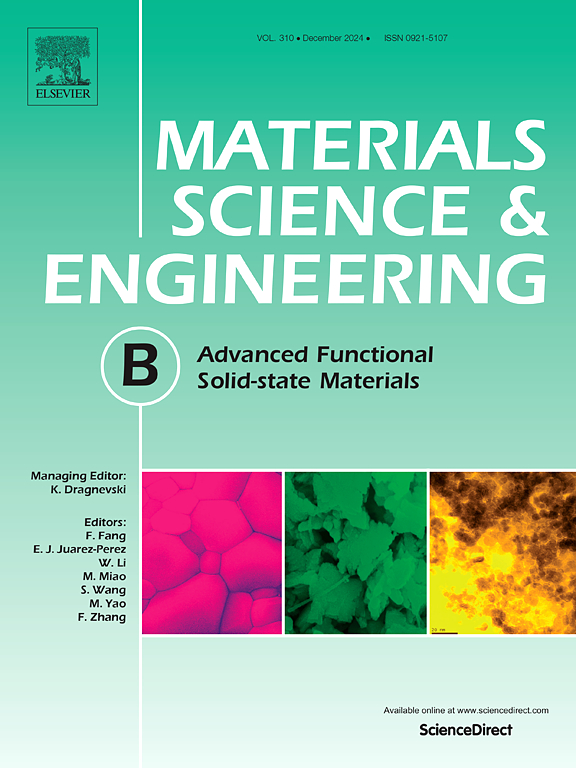Research progress on ester-based low-temperature electrolytes for sodium-ion batteries
IF 3.9
3区 材料科学
Q2 MATERIALS SCIENCE, MULTIDISCIPLINARY
引用次数: 0
Abstract
As a potential alternative technology to lithium-ion batteries(LIBs), sodium-ion batteries(SIBs) have seen rapid development in recent years. Because of the wide temperature range characteristics, it is considered to be a viable solution for applications in extremely cold environments such as energy storage at high altitudes, space, and deep-sea exploration. However, at extremely low temperature(LT) (<−40 °C), SIBs exhibit poor performance. As a critical component of the battery, the electrolyte greatly affects the LT performance of SIBs. Currently, both commercial SIBs and LIBs are almost based on ester-based organic solvents as the electrolyte. The optimisation of such electrolytes to enhance the LT performance of SIBs has high practical application value. In this review, we focus on the causes of the LT performance degradation of SIBs at the electrolyte level, and introduce the application of traditional carbonate and carboxylic acid ester organic solvents in LT electrolytes. In addition, an in-depth summary and analysis of the design ideas of LT electrolytes are presented, including low melting point, viscosity, weak solvation structure modulation and electrode/electrolyte interface modulation. Finally, novel electrolytes such as high-entropy electrolytes and ionic liquid electrolytes are introduced, and insights into the optimal design of ester electrolytes are provided, aiming to facilitate the large-scale commercial application of SIBs in LT environments.
钠离子电池用酯基低温电解质的研究进展
钠离子电池作为一种潜在的锂离子电池替代技术,近年来得到了迅速的发展。由于宽温度范围的特点,它被认为是一个可行的解决方案,应用于极端寒冷的环境,如高海拔、太空和深海勘探的能量存储。然而,在极低温度(<−40°C)下,sib表现出较差的性能。电解液作为电池的关键组成部分,对sib的LT性能影响很大。目前,商用sib和lib几乎都是基于酯基有机溶剂作为电解质。优化这类电解质,提高sib的低温性能,具有很高的实际应用价值。本文重点介绍了sib在电解质水平上的LT性能下降的原因,并介绍了传统碳酸盐和羧酸酯有机溶剂在LT电解质中的应用。此外,对低熔点、低粘度、弱溶剂化结构调制和电极/电解质界面调制等LT电解质的设计思路进行了深入的总结和分析。最后,介绍了高熵电解质和离子液体电解质等新型电解质,并对酯类电解质的优化设计提出了见解,旨在促进sib在低温环境中的大规模商业应用。
本文章由计算机程序翻译,如有差异,请以英文原文为准。
求助全文
约1分钟内获得全文
求助全文
来源期刊

Materials Science and Engineering: B
工程技术-材料科学:综合
CiteScore
5.60
自引率
2.80%
发文量
481
审稿时长
3.5 months
期刊介绍:
The journal provides an international medium for the publication of theoretical and experimental studies and reviews related to the electronic, electrochemical, ionic, magnetic, optical, and biosensing properties of solid state materials in bulk, thin film and particulate forms. Papers dealing with synthesis, processing, characterization, structure, physical properties and computational aspects of nano-crystalline, crystalline, amorphous and glassy forms of ceramics, semiconductors, layered insertion compounds, low-dimensional compounds and systems, fast-ion conductors, polymers and dielectrics are viewed as suitable for publication. Articles focused on nano-structured aspects of these advanced solid-state materials will also be considered suitable.
 求助内容:
求助内容: 应助结果提醒方式:
应助结果提醒方式:


